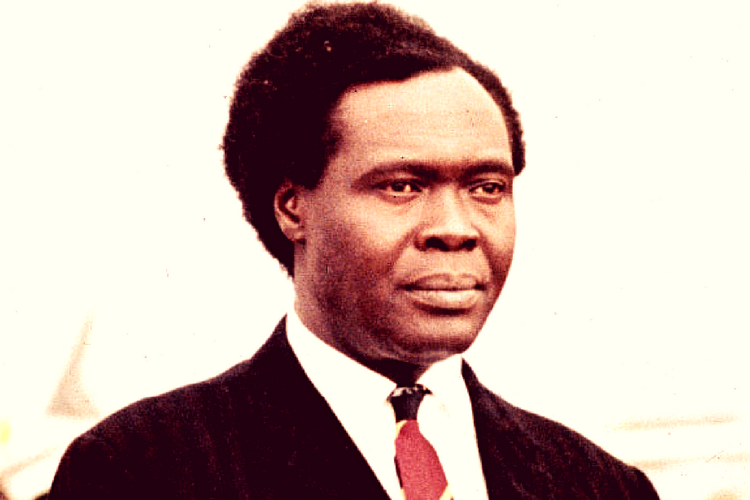
Obote’s Rise & Fall in Uganda (1962-1971)
When Uganda became independent in 1962, the government was comprised of a coalition between Prime Minister Milton Obote’s UPC (Uganda People’s Congress) and KY (Kabaka Yekka) who were mostly kabaka and Buganda traditionalists. Members of KY from the national assembly were appointed to four cabinet positions and Buganda would be a federal state. The kabaka was given the ceremonial post of President when Uganda became a republic in 1963.
The coalition between UPC and KY was short-lived because of the issue of lost counties. The Bunyoro wanted back the territories they had been given during colonial times. In November 1964, Obote held a referendum against the wishes of Kabaka Mutesa and the KY party. Residents of the territories were given the choice to remain in Buganda, returning to Bunyoro or coming under the administration of the central government as a separate district. They voted overwhelmingly to return to Bunyoro. KY was unhappy with the results of the referendum and withdrew from the coalition with UPC. Kabaka Mutesa tried to block the transfer of counties but suffered a setback because some members of KY joined UPC.
 In early 1964, the Ugandan army revolted against the government and demanded better pay, terms of service and more control of the military by African officers. The government agreed to the demands. Interestingly, one of the officers who benefitted from this revolt was Idi Amin, one of the first African officers.
In early 1964, the Ugandan army revolted against the government and demanded better pay, terms of service and more control of the military by African officers. The government agreed to the demands. Interestingly, one of the officers who benefitted from this revolt was Idi Amin, one of the first African officers.
A split within Obote’s party weakened his position. After the party’s 1964 conference, John Kakonge, a close confidant of Obote lost his position as General Secretary. The army’s second in command, Idi Amin was accused of theft and corruption. Obote and two of his cabinet ministers were charged with corruption relating to money obtained through trade in ivory and gold with Zaire’s government. Parliament called for an investigation into the allegations and suspension of Amin.
Obote reacted by arresting Grace Ibingira and four cabinet ministers and they were detained without trial. He also announced that the constitution would be temporarily suspended. The Kabaka was accused of seeking foreign assistance and removed from his position as President and Amin was promoted to Commander. Obote convened the National Assembly with a new constitution in which Buganda lost it federal status and special privileges. The new constitution created an executive President and Obote assumed the post. As executive President, Obote could legislate without parliamentary consent in certain conditions but didn’t need to since his party had 83 seats while the DP only had six.
The Buganda rejected the new constitution but Obote responded by declaring a state of emergency and ordered the army to attack the Kabaka’s palace. Although kabaka Mutesa escaped, the kingdom was defeated and divided into four districts.
In 1969, Obote began moving towards socialism to win the support of the masses. He published the Common Man’s Charter which was similar to the Arusha declaration in Tanzania. The charter promised to more social security, new agricultural cooperatives and nationalization. An assassination attempt on Obote encouraged him to go after his enemies under the façade of the state of emergency. He banned all other political parties except UPC; he introduced a new electoral system. Every citizen was also required to participate in national service upon graduation from primary school unless they were proceeding to secondary school. In Obote’s nationalization plan, the state would assume control of all import and export trade and would have a majority stake in banks, insurance companies and the Kilembe copper mines.
While Obote was attending a Commonwealth Conference in Singapore in January 1971, Idi Amin led a military coup and took over government.




2 Comments
by San
I did not know this history.
Comments are closed.